I’ll admit even I’ve been a little bit lazy over the years when it comes to carrying out simple maintenance checks on some of the cars I’ve had, and it’s often come back to bite me in the bum. Preventative action saves you money, aggravation and time by the side of the road, so avoid making the same mistakes as me by carrying out these simple maintenance checks.
Prevent the battery from giving up the ghost
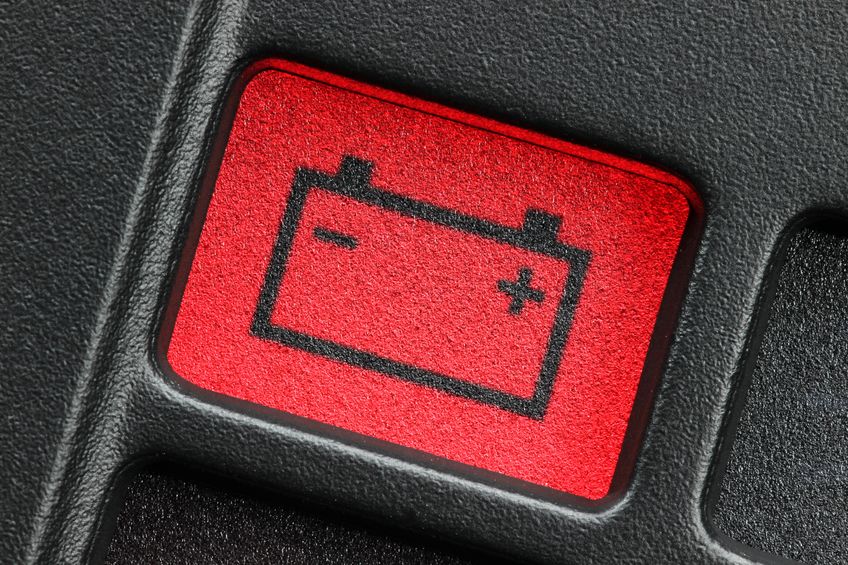
If you’re going to keep your classic on the road during the winter now is a great time to make sure the battery is in good condition. On average a 12v car battery should last between three to five years so age could be the first thing to check. Corrosion around the battery terminals can be a bad sign and many modern batteries have a little indicator window that changes colour depending on the state of charge/condition. Obvious signs of a failing battery are slow cranking when starting or dim headlights before you turn over the engine when the outside temperature is reasonably temperate.

What tends to happen as the year cools down is that it gets harder to start a car because the oil gets thicker and that’s when a battery is likely to fail. You can check the voltage with a multimeter or voltmeter, but if you can get hold of a battery tester then you can use that to check how good the battery is at giving out the current you need to turn over your vehicle.
A hot summer can dry out battery fluid so if it’s possible to have a look inside, check the level and top up with distilled water if necessary. A sealed battery will usually have an indicator on it to let you know if the level is too low.
If you don’t drive your classic very much, make sure the battery is connected to an intelligent charger, rather than just a trickle charger, which does all of the work for you by checking when the battery needs a boost and subsequently giving it what it needs. Parasitic loads, such as the alarm on my Volkswagen Transporter T5, drain the power out of a battery slowly over time, so if you keep it plugged into an intelligent charger then it’ll maintain the life and function of those things as well. The key thing is to avoid using a cheap battery charger that provides a constant flow of power because this can slowly boil away the acid in the battery. An ‘intelligent’ trickle charge is a much safer way to maintain battery health. If you have covered storage like a garage, disconnecting and removing the battery from the car is the easiest thing to do.
Check the braking system
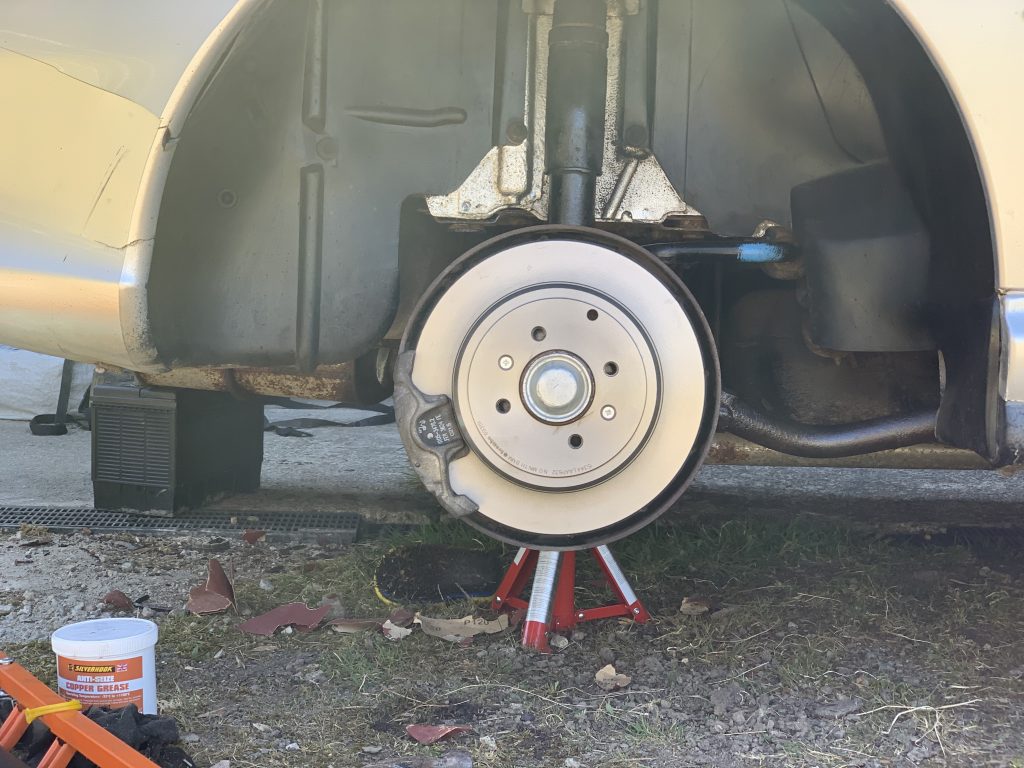
Now you know you can get your car started, think about how you’re going to stop it. Brake lines are crucial to an effective braking system so inspect them for tell-tale signs of deterioration; rusty metal pipes, perished or cracked flexible hoses, signs of fluid weeping from anywhere along the lines from master cylinder to each of the wheels. Braking imbalance or a sensation that the car is pulling to the left or right can be a warning sign that the rubber is breaking down inside the brake lines.
Wet drums, calipers, or the inside of your wheels, could all be a sign of perished seals (more usually from a slave cylinder in a drum brake). If that’s the case, the faulty part would need replacing and any ‘damp’ areas would need to be thoroughly cleaned – brake fluid is great at ruining paint or wheels! Also, if the brake fluid level in the brake reservoir is less than when you last checked, or is missing altogether, it’s a pretty clear sign you have a leak in the system that needs urgent attention. Be aware, brake fluid absorbs water, which causes the brakes to get spongier, so if you don’t know when it was last changed, then do it.
Vehicles with drum brakes, like the Mini and VW Beetle, are harder to inspect than those with disc brakes because you can’t see inside them, so you might have to take them apart to have a closer look. Hopefully you will find a hole on the front or rear of the drum near the outer edge that will reveal the metal brake shoe. If the friction material is thinner than the metal it is stuck to then you’ll definitely need to replace them, 4-6mm of friction material should give you many thousands of miles of safe stopping. Check your tyre pressure and depths at the same time; the more grip you have, the more control you’ll have as the weather gets worse.
Inspect the bodywork
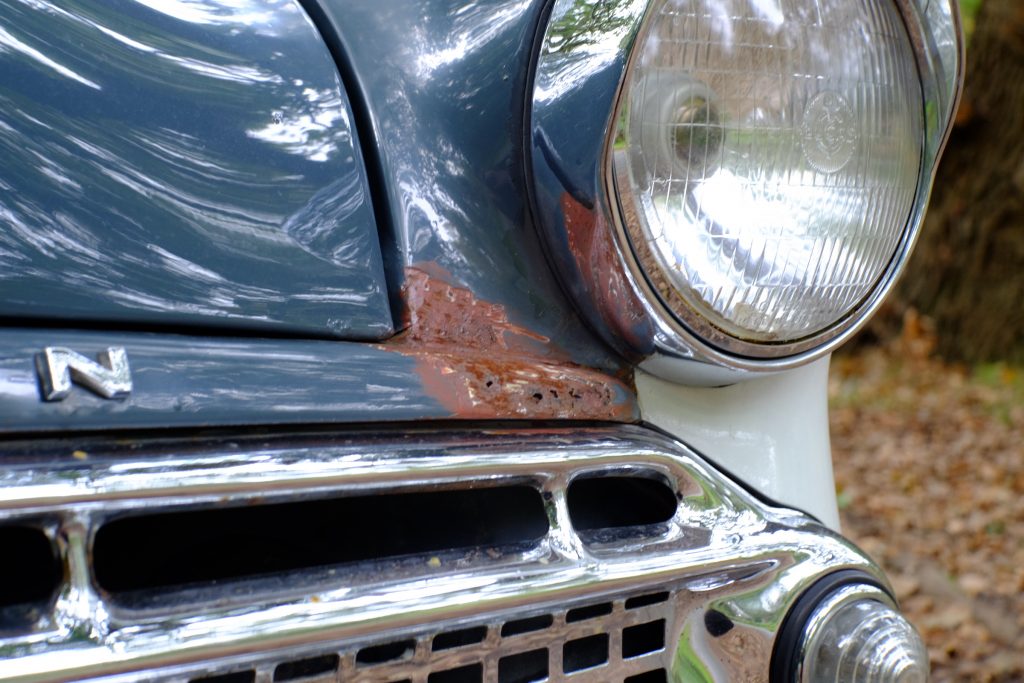
Give your car a good wash [here’s how to do it during a hosepipe ban] and use it as an opportunity to look for signs of rust and bubbling. The sooner you deal with corrosion the less of an issue it will be, even if it’s a temporary fix until you can take it off the road and address it properly. It’s always better to do something rather than nothing because if you leave bubbles under the paint for too long they’re going to become holes, particularly if water is getting in which will make it rot even more from the inside.
Scraping away the bubbles and applying a spot of rust remedy would certainly be a good start. Rot affects the value of a car, but there is a safety implication as well because if the bodywork is compromised and you were to have an accident it’s not going to be able to protect you as well as it might have been designed to do.
Tend to any sudden changes

Don’t ignore what your car is trying to tell you. If it’s started to make a funny noise, listen to it. If there’s a new smell, sniff out where it’s coming from, and if it’s starting to develop a leak, find out where that’s coming from. Even if it’s only a minor issue, make a note of it, because if something more serious develops you’ll have a better idea of where to look for the cause and find a solution.
For example, if you’re feeling weird vibrations or hearing a rattling or clunking sound when you’re driving, it could be an early sign of a problem with a ball joint in the suspension system, or an issue with the shock absorbers. Spark plugs are a great indicator of how well an engine is running and by keeping them clean you’ll be able to see straight away if there’s an issue because one, or more, will start to look sooty or burnt out. The better you know your car, the better you’ll know how to deal with it when something is up.
Assess the rubber bits
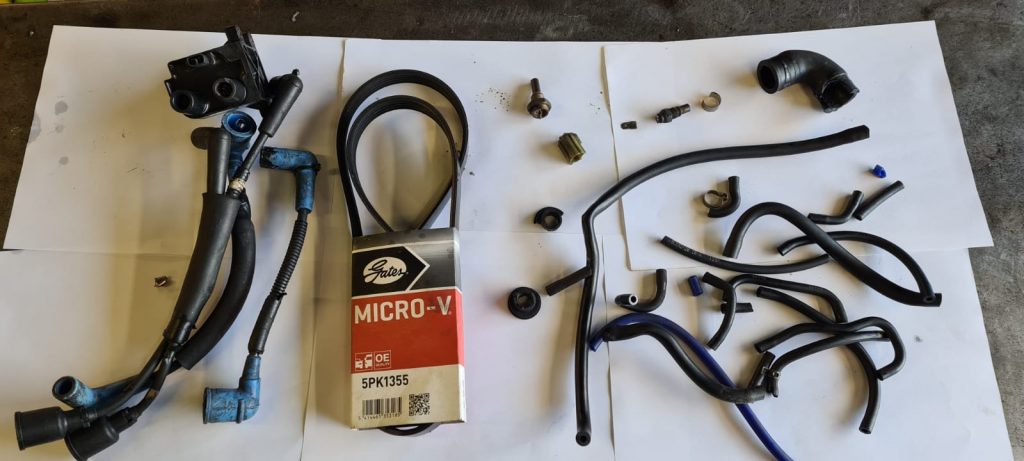
All parts will degrade over time but rubber components such as flexible brake hoses, suspension bushes and even window seals are all most likely to go rotten first so check them regularly for signs of deterioration and if you can’t see them, feel them.
Not being able to get eyes on is a problem I’ve had with my Range Rover because the turbo intercooler pipes at the top of the engine by the radiator are covered by a protective gauze sleeve to stop them from chafing. When the pipes split underneath, they sucked in air and messed up the balance of the engine which created a huge plume of sooty smoke from the exhaust when I accelerated – which is highly illegal and unpleasant for everyone behind you. It was quite hard to find the cause of the problem, but had I been paying more attention by feeling for cracks in the pipe it would have been much easier.
Check the fuel lines too. In the last year I’ve replaced the fuel lines on my Outspan Orange because fuel does eat away at the rubber over time and they had got to the end of their useful life; the last thing you want is petrol spurting out all over the place, especially over a hot engine or exhaust.
Don’t forget… as the nights draw in it will get darker earlier and classic car lights are dimmer than those on modern vehicles so it’s vital to make sure they’re all in working order too so that you can see and be seen.
Read more
Edducation: What’s the best project car for this father/daughter team?
Testing a tyre to the limit… unintentionally
How covering my Lotus in the heat and rain ruined its paint

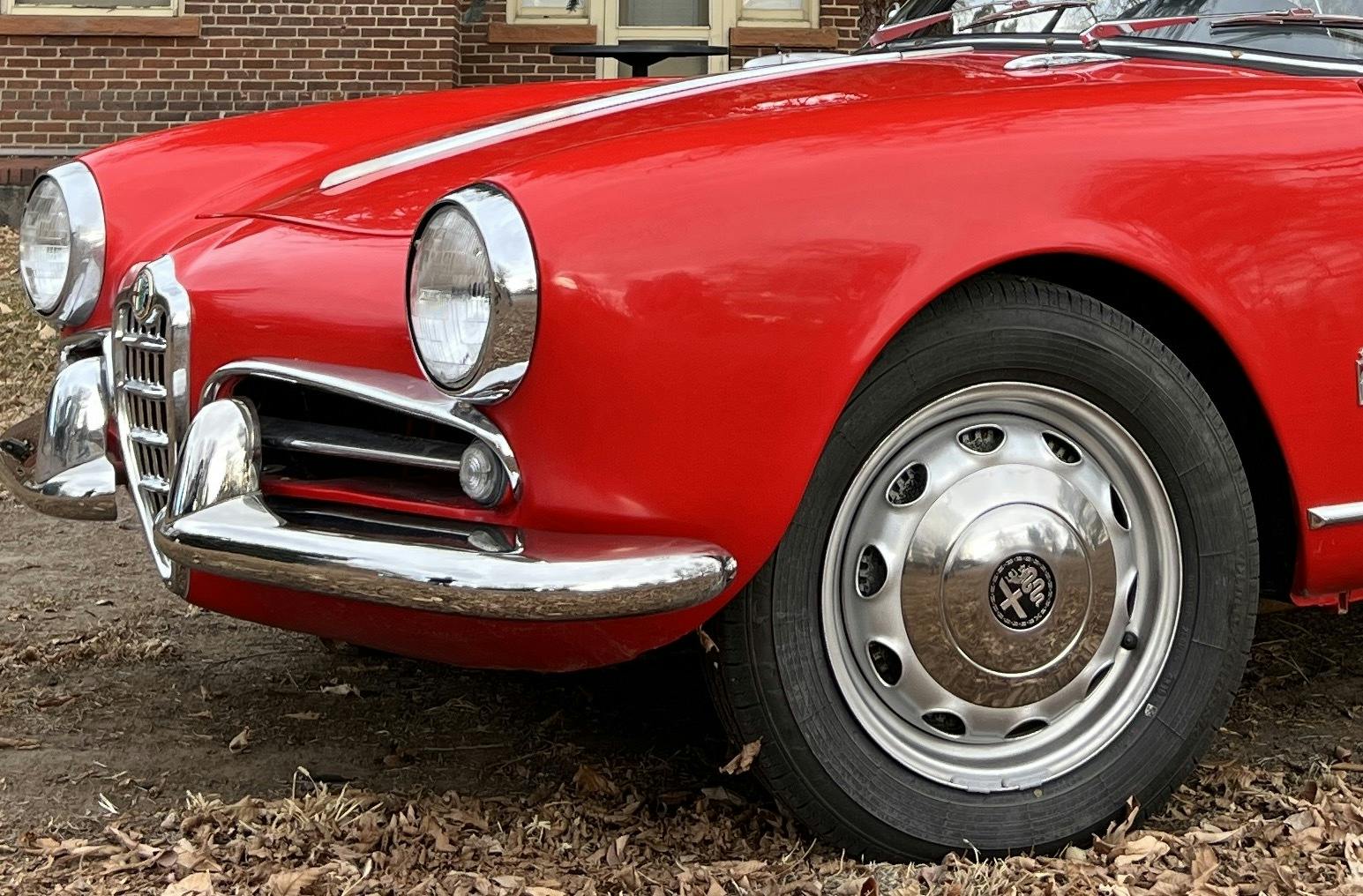
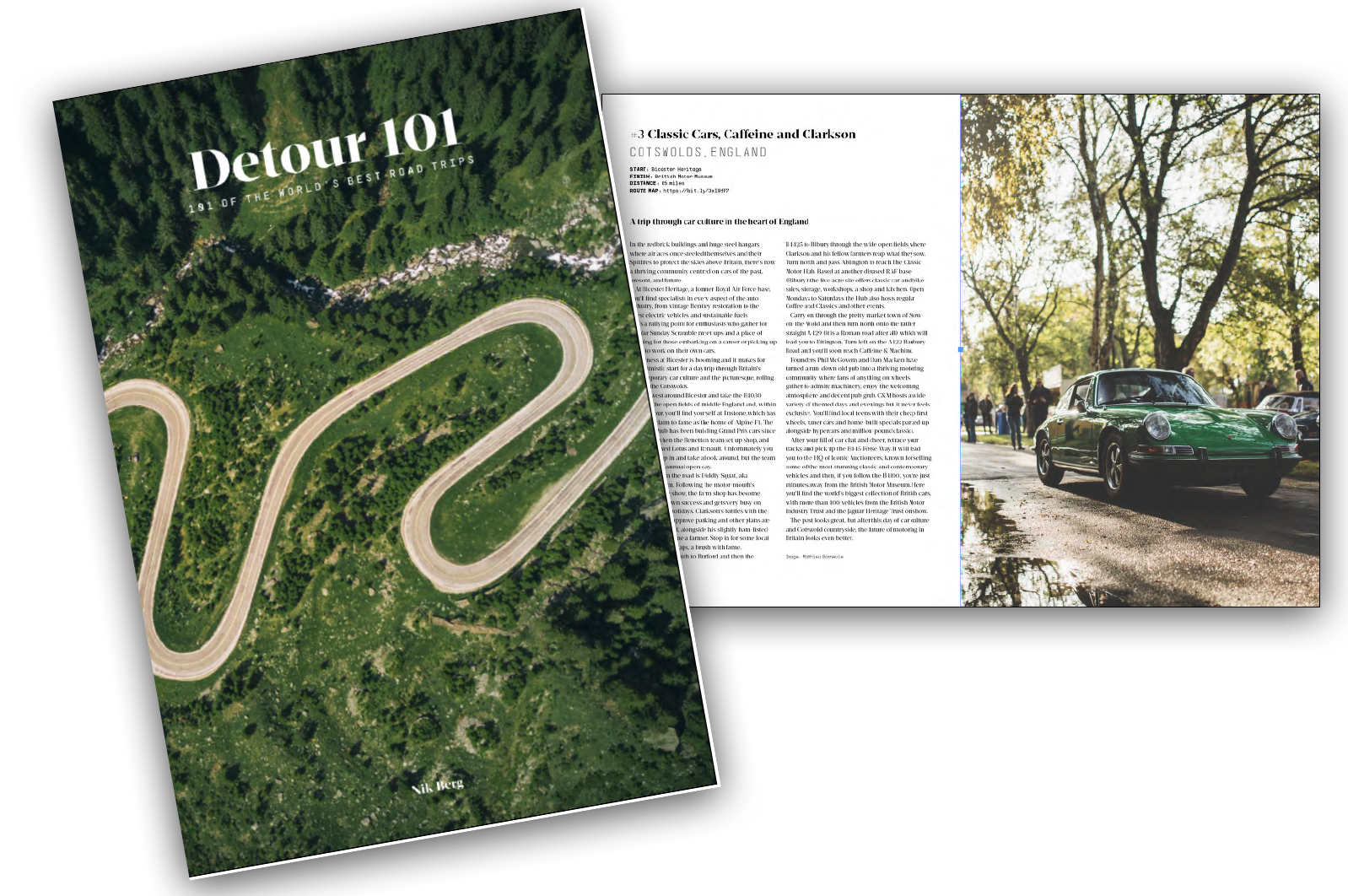







Useful if basic revision. But most of us classic car owners tend to leave our precious toys tucked up in a garage with low ambient heating, dehumidifiers and covered. Disconnecting the battery and keeping it on a smart charger will as Ed says keep the battery going.
I would also recommend an oil and filter change, and if required flushing the coolant. And to prevent the tyres developing « memory » either over inflate them or lift vehicle on to axle stands.